Official Sinclair Wetlands website.
From car park, via Clarendon: abt 35 km.
Sinclair Wetlands – Information and Trips Library
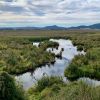 5. 04/04/2024. Combined. Sinclair Wetlands. Grade 1.5. Leaders Ady, Linda, Dave and John.
5. 04/04/2024. Combined. Sinclair Wetlands. Grade 1.5. Leaders Ady, Linda, Dave and John.
It’s said that there are more bacteria and microscopic life in one glass of water, than there are grains of sand on the planet. (Neither figure being accurately calculable of course.) A good introduction to the Sinclair Wetlands. Teaming with life, yet most of it out of plain sight.
Blessed with a fine, still day, by 9.40am, 29 hikers and trampers had arrived at the Sinclair Wetlands. Named after Horace “Horie” Sinclair, a local farmer, who donated land to the wetland scheme in 1984.
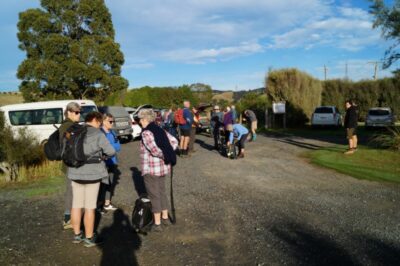
Initially we were welcomed by Project Manager Paul Pope, who gave us an overview of the wetlands, now encompassing 20,000 hectares. Then Tumai spoke to us on the Maori history of the land, going back over 400 years. How it was gifted to a northern tribe who travelled south to evade warring factions in their original homelands. Local Iwi, reluctant to give these people shelter, for fear of attracting their enemy to their own “doorstep”, gifted the “refugees,” the wetlands land. The history of the land includes its “development” into farmland (by use of pumps) and eventual return to its natural state, as we see it today. Special thanks to Paul and Tumai.
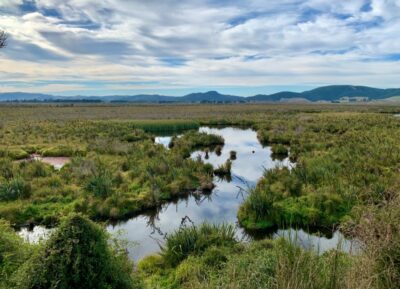
Following, this address our exploration began at 10.00am, heading first to Lonely Island, reached at 10.15am. Here morning tea was enjoyed on a Plato, atop the island.
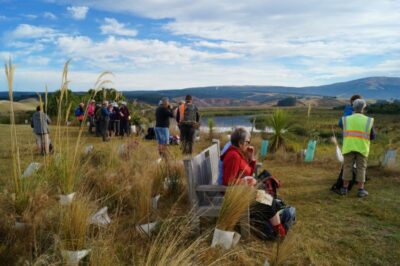
It was then on to Ram Island, with a detour along a duck-walk to Nu Mar along the way.
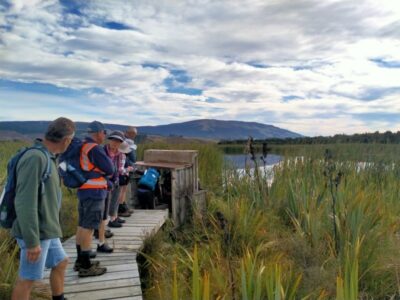
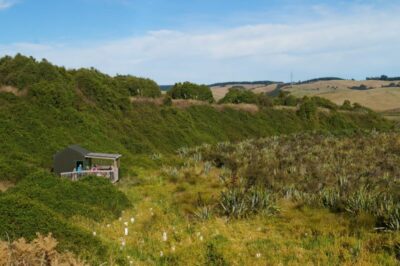
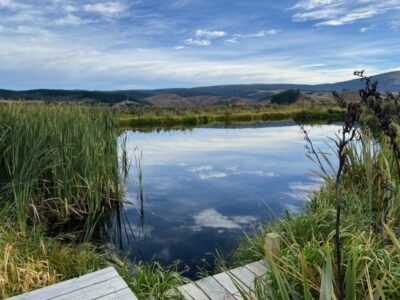
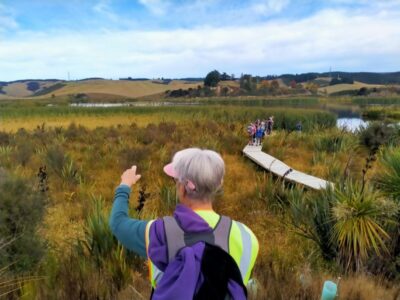
After a chance to admire a recently constructed accommodation hut, we were at the West Point lookout by 11.30am.
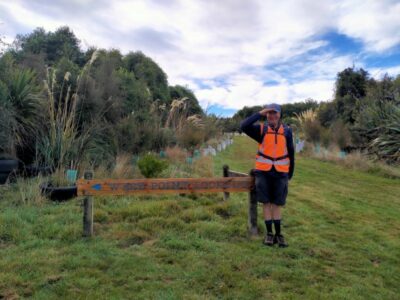
Lunch beginning at 11.45am through to 12.30pm, just off the track, virtually opposite Waihola township.
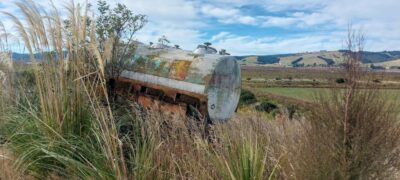
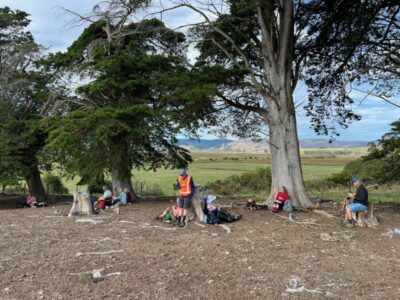
Then back to the cars by 1.15pm, having walked 7.1km, we were soon off to Blend Espresso Outram for afternoon tea.
Right on our doorstep, yet little known about by most, the Sinclair Wetlands is a bit of a hidden gem (I know that sounds clichéd, no excuses.) A little about the wetlands:
-They occupy a basin that has been down-faulted in the underlying schist, a metamorphic rock that still outcrops as the “islands” within the swamp.
– Plant-life includes 10 species of Corex Sedges (cutty grasses), shrubs of Mingimingi and fans of NZ flax. Higher ground supports more trees and shrubs including Cabbage trees. Water margins have dense reed-lands of Raupo. More recent native plantings on Ram and Lonely Island include Broadleaf, Kanuka, Kowhai, Lancewood, Totara and Koromiko. Within the wetlands 131 native plant species have been recorded.
– At least 46 bird species are present in the area.
– The waters of the wetlands support Eels, Whitebait, Perch, Trout, Freshwater Mussels, Freshwater Crayfish……..the list goes on!
So, fittingly, ending on the “what we can’t see ” theme, on a sign at Sinclair Wetlands: –
This imagery is taken from a memory of old that gives us an affinity to the present: It is about whenua, the land. Within the whenua lie our ancestors, who tell us stories of who we are. There are ties that connect us with Raki and Papa, and stories that are woven together to form a picture of what we normally can’t see.
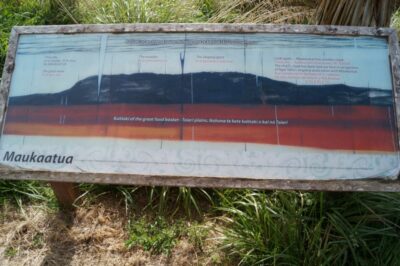
Thank-you to Jay, Ady, and Linda, for planning organizing and doing the recce for this most enjoyable day out. Thanks to Ady, Linda and Dave for their leadership and tail end Charlie duties. Grade 1.5 seems appropriate.
John Gardiner.
4. 11/08/2021. Hikers. Sinclair Wetlands. E. Leaders: Jim and Betty
After some overnight rain the Wetlands were definitely wet and a little muddy in places. From the car park and main track the 23 hikers went through 2 gates to an elevated site on the eastern boundary for the morning tea stop. Steps were retraced to a L/H turn into Loop Track taking us to the main track.
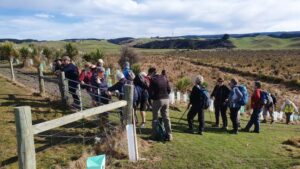
Lonely Island was our next deviation up through what had been plantings that were maturing well to a vista that included views of Lake Waihola on this extremely fine day. The main track was followed to the larger Ram Island for our early lunch at an elevated point with the main view being Lake Waipori.
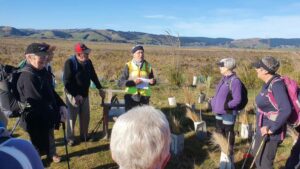
Remnants of early pumping equipment and a new hut that replaced a derelict structure could be viewed. There was a noticeable absence of bird life that had been present when we did our recce in the previous ten days.
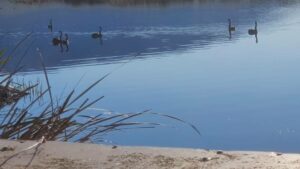
It was back through the centre bush track to where we had clear views to the east before leaving Ram Island. The main track was then followed back to the entrance to what is now an elevated circuit track where extensive clearing and native plantings were observed.
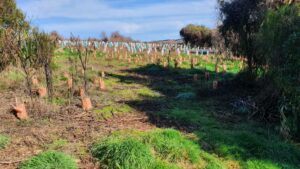
Being such a fine day there was a group of workers engaged in this restoration activity. Back on the main track we took a short board walk before visiting the propagation facility.
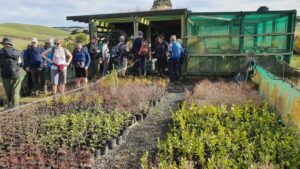
From here it was into the cars and on to the Wobbly Goat and Mosgiel. Betty & Jim Finnie
3. 17/7/2019. Hikers. Sinclair Wetlands. E. Leaders: Lesley and Ian.
On a sunny winters day, with no wind, 36 hikers visited Sinclair Wetlands. The leaders had planned for Coordinator Glen Riley to first give an address but he was nowhere to be seen. So instead we morning-teaed at the headquarters.
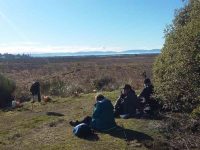
Then having dutifully gold-coined the donation box, we entered the wetlands through the adjacent gate. A new (to us) boardwalk across marshland was an alternative to the still-there adjacent original path which it reentered further on.
Still further on, a short climb got us up onto a low island outcrop, which afforded a panorama of much of the wetlands. We lingered on this pleasant viewing spot, taking many photos of the marshland and the mirrored waters.
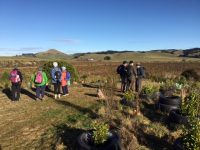
Eventually we reluctantly left to continue our walk.
Ahead, the larger Ram Hill, and an early 11.30 a.m. lunch, still bathed in windless sun, and again, excellent views.

Again, still slow to move, we started the descent,
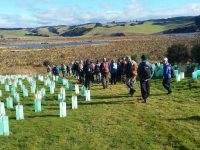
and reached a spot where we met up with Glen Riley on his electric motorbike. He had forgotten the talk, but here on a slope with a view, was the ideal spot for it. He spoke of the plan for the area. The trust are concentrating on planting and eradicating pest species. Some birds were heard, but few were seen, well hidden in the marshland edges. He spoke too of the land’s history, originally drained and pumped dry, like so much else of the Taieri Plain, but re-flooded by Hori Sinclair to form the present rich wildlife habitat.
The return walk was marred by a rising cold wind, but we were moving now, so not too bad. Back at the end of the boardwalk an adjacent paddock afforded a good workout for the fitter ones
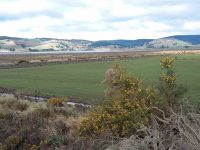
while the less active meandered back to the cars.
Of the three optional car routes, the leaders justified their choice of the (admittedly southerly) Clarendon option by designating Waihola’s Black Swan as the coffee stop, whither we now adjourned, with our attention cunningly caught opposite, the renowned local fish and chip shop temptation.
The mostly windless day and the location had made for a wonderful experience. – Lesley and Ian.
2. 15/6/2016. Sinclair Wetlands. E. Leaders: Jim and Betty.
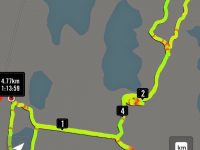
Today a group of 24 hikers were privileged to have a visit to an old stone house which is over 160 years old which is being lovingly restored by Margret & Alex Gillanders the current owners of this property at Maryhill. Morning tea was consumed in the sun on the front steps of their newer residence.
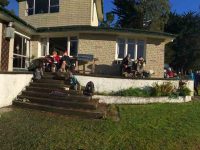
Yes it was another sunny day and from Maryhill we travelled a further 5 kilometres to a visit to the Sinclair Wetlands. At the Wetlands we were given a very inspirational introduction to the history, structure and objects of the Sinclair Wetlands by Glen Riley.
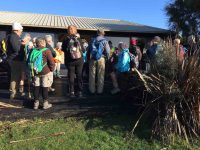
For the next 2.5 hours we had a very easy walk around the property
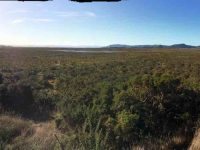
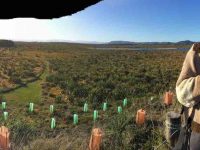
with a lunch stop at the far end of Ram Island.
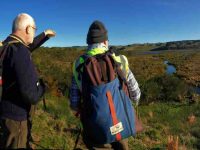
On our return from Ram Island we inspected the plant storage and propagation facility. It was 2 o’clock when we departed the Wetlands for a coffee stop at the Black Swan Waihola. Special thanks to Margret & Alex Gillanders for having the invasion at their place and Sarah who was resident in the old house …
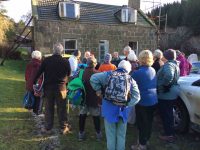
… when we first made contact who made a real effort to show the group through this historic house. Also thanks to Glen Riley for the introduction to the Sinclair Wetlands.
We were very lucky with the weather. – Betty & Jim Finnie
